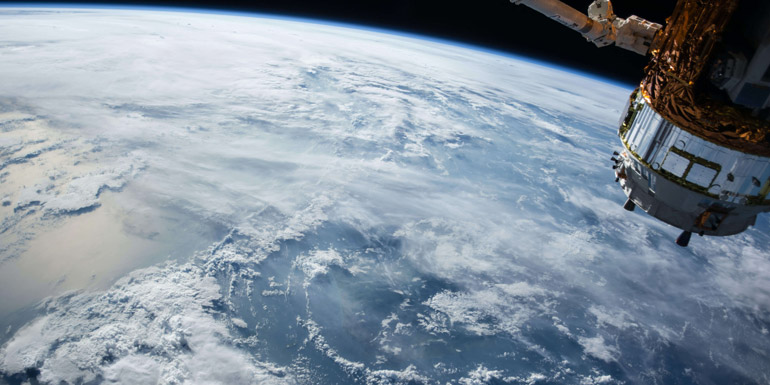View by
Published on:
10 Oct 2023
The importance of the land to wellbeing cannot be understated, which is why strategies to combat and manage the impacts of climate change are crucial....
Cultural values
Communities

Published on:
10 Oct 2023
Explore the key aspects of the New England and North West region that are vulnerable to climate impacts, along with challenges and opportunities to ad...
New England and North West
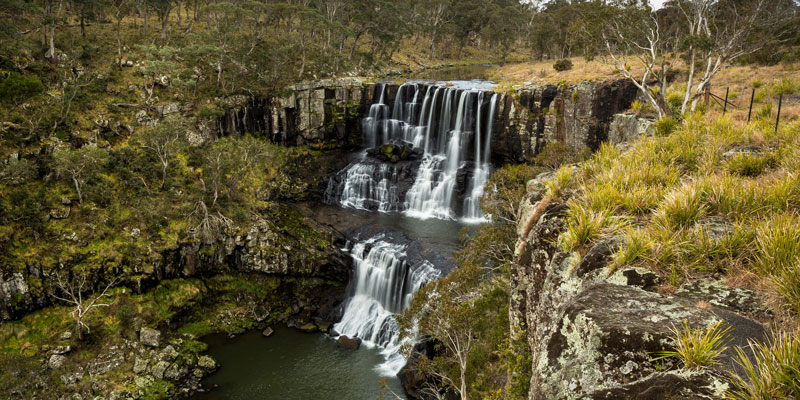
Published on:
10 Oct 2023
Built environments absorb and retain more heat compared to natural areas, making average temperatures in large cities up to 3°C warmer than rural area...
Built environment
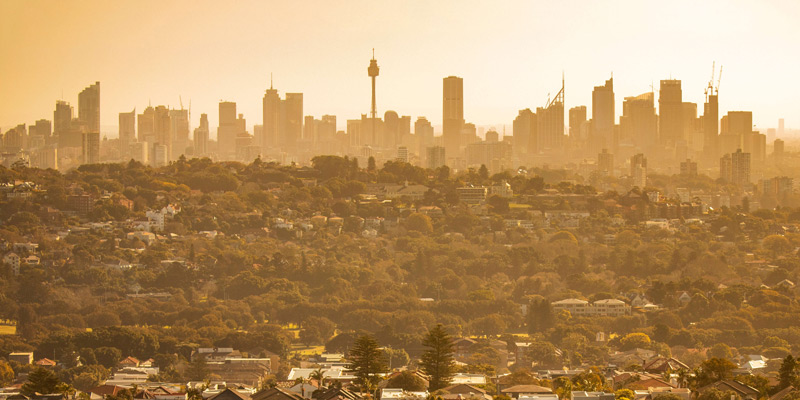
Published on:
10 Oct 2023
Climate change is projected to make heatwaves in NSW more common, more intense, and last longer. Heatwaves kill more Australians than any other natura...
Heat

Published on:
10 Oct 2023
Find out how climate change may impact NSW industries and economy, and what is being done to help reduce the economic risks of climate change.
Economy
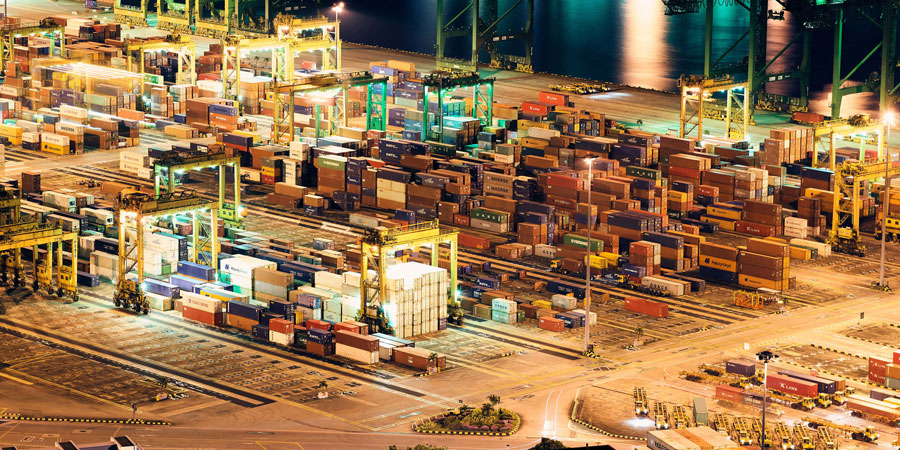
Published on:
10 Oct 2023
How is climate change affecting the ACT region? Explore key aspects that are vulnerable to climate impacts, along with challenges and opportunities to...
ACT
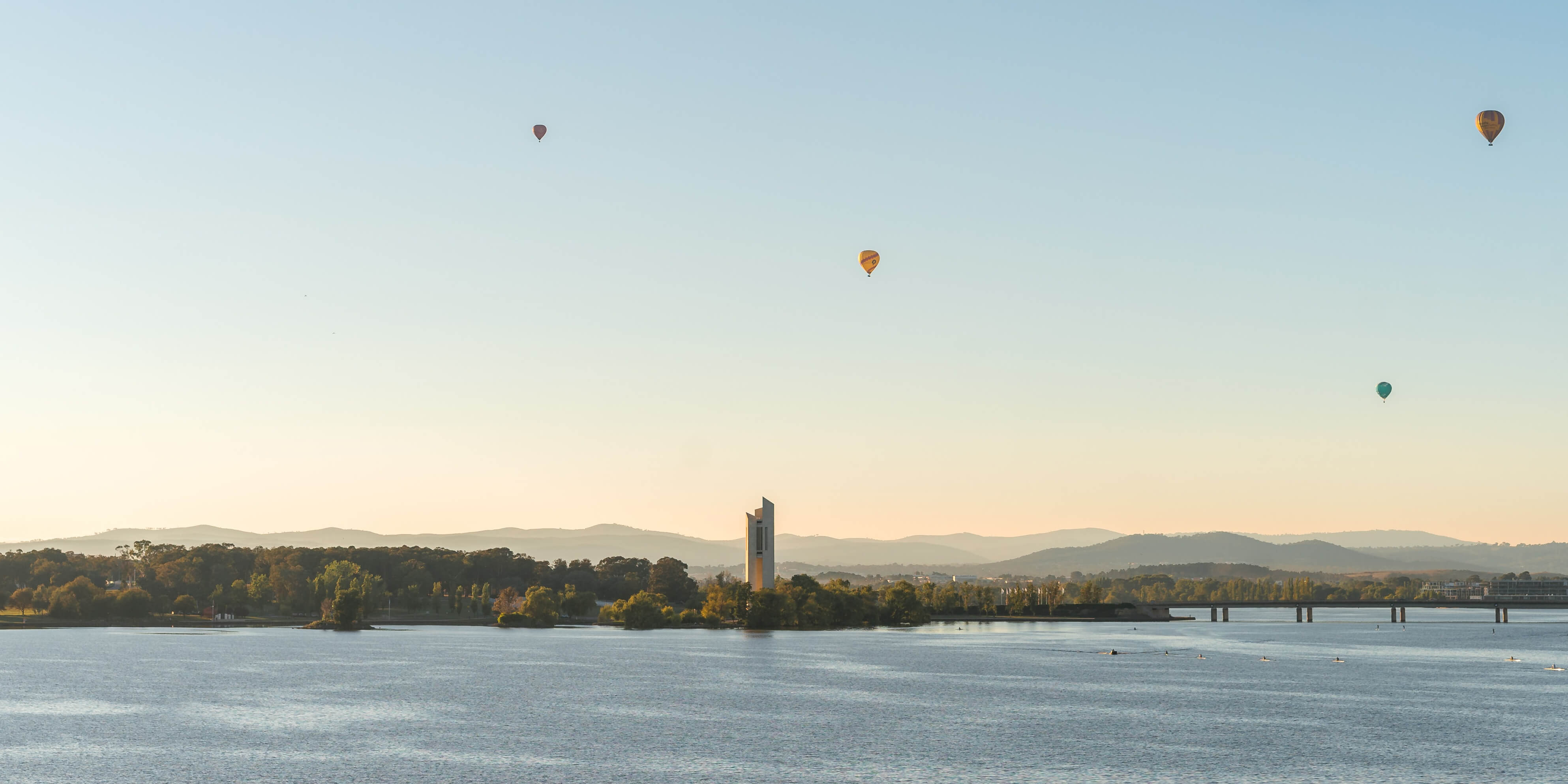
Published on:
10 Oct 2023
Climate change is causing sea levels to rise. Modelling shows that over 8000 NSW addresses could be affected by coastal erosion by 2100.
Sea level rise
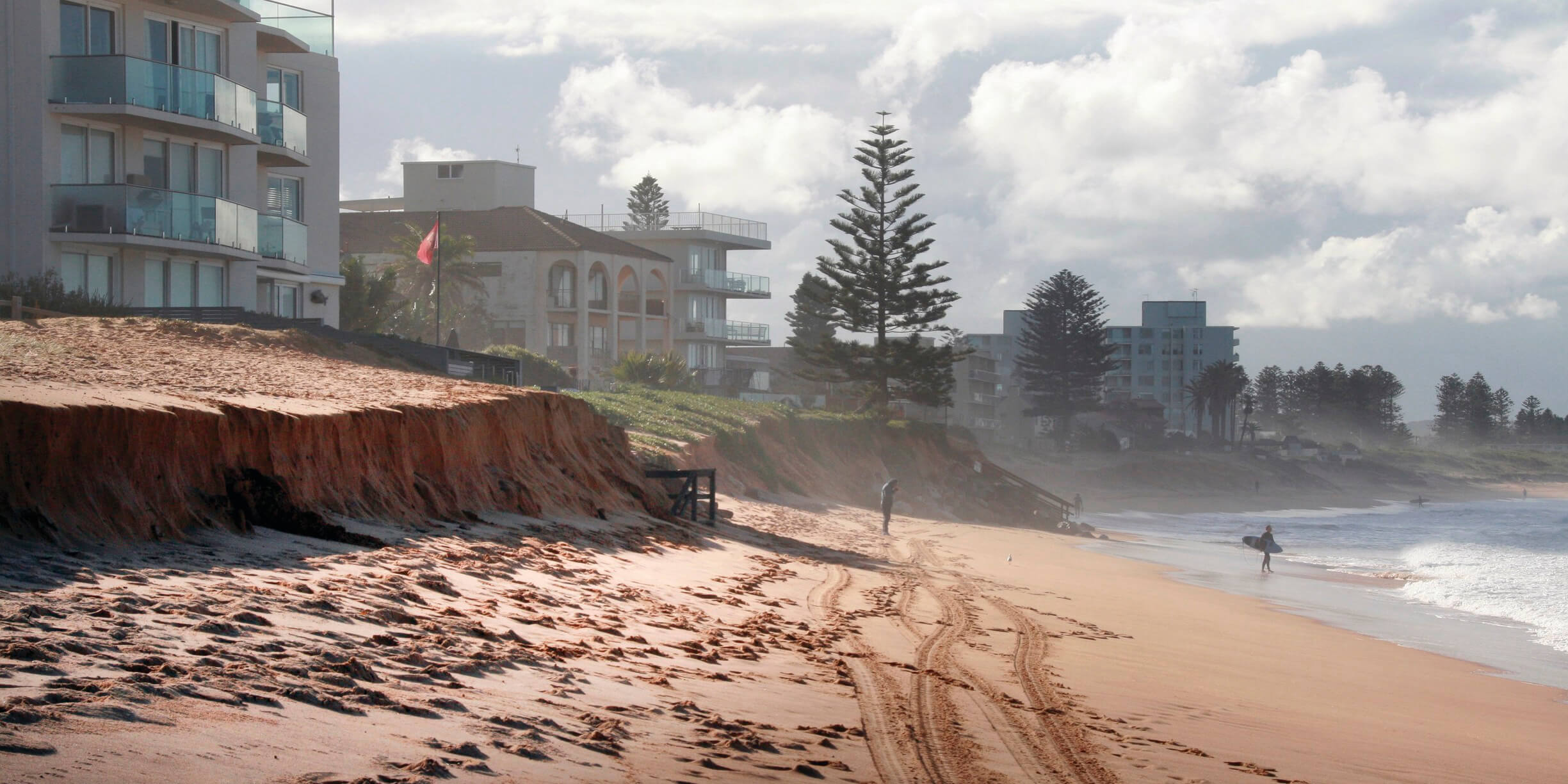
Published on:
10 Oct 2023
Climate change impacts the health of NSW's soils by causing changes to soil erosion, organic carbon, nutrients and alkalinity (pH).
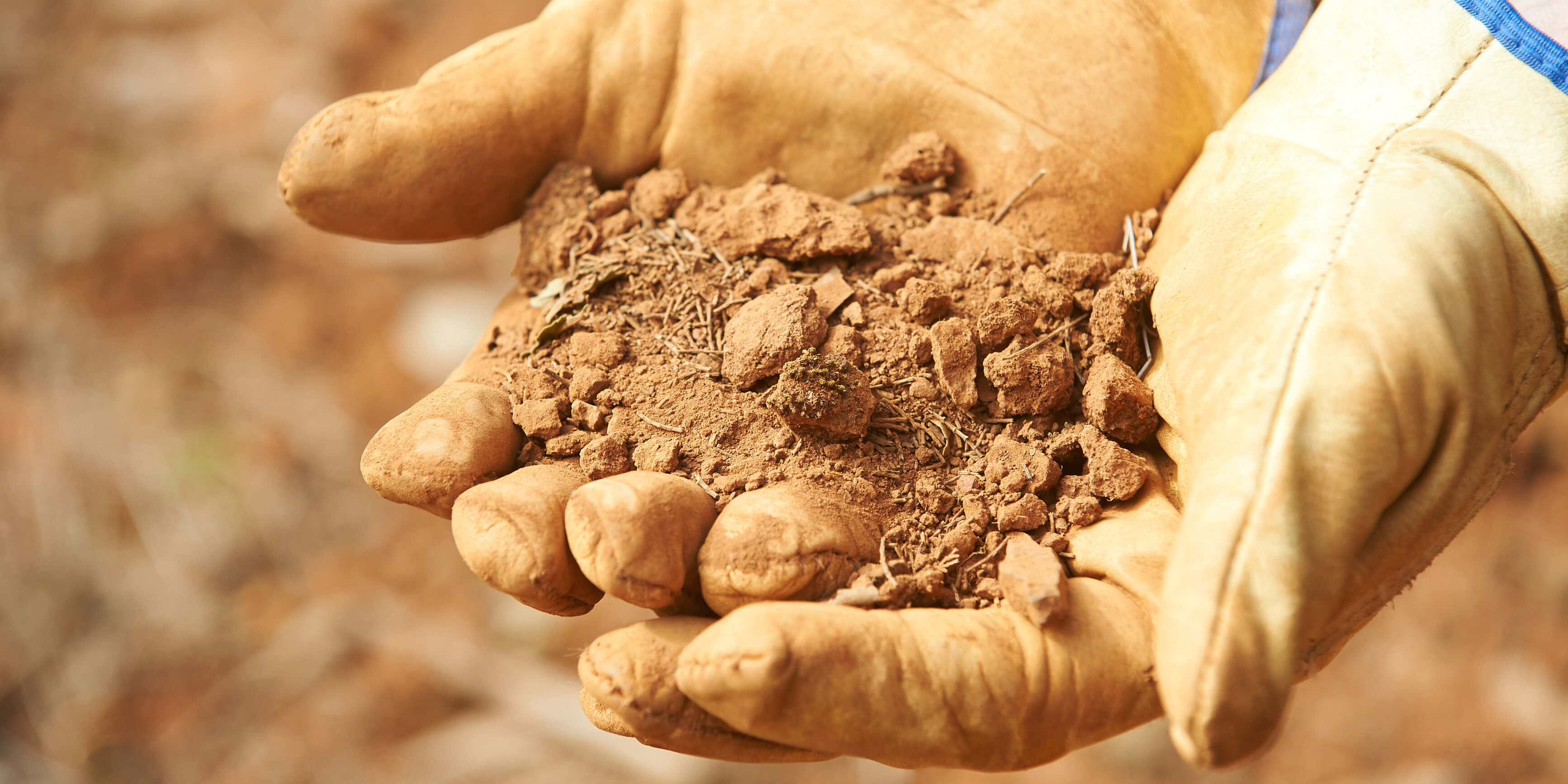
Published on:
10 Oct 2023
Learn how the global climate system is affected by climate change, including natural and human-made factors.
Global
Climate change causes
